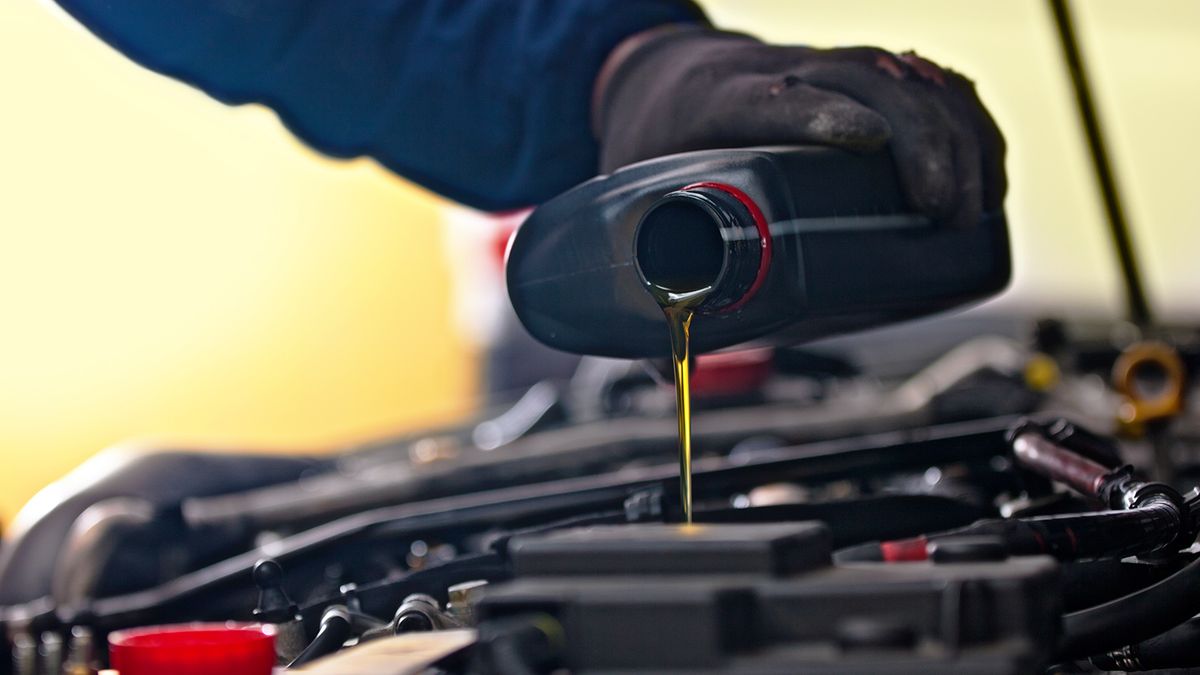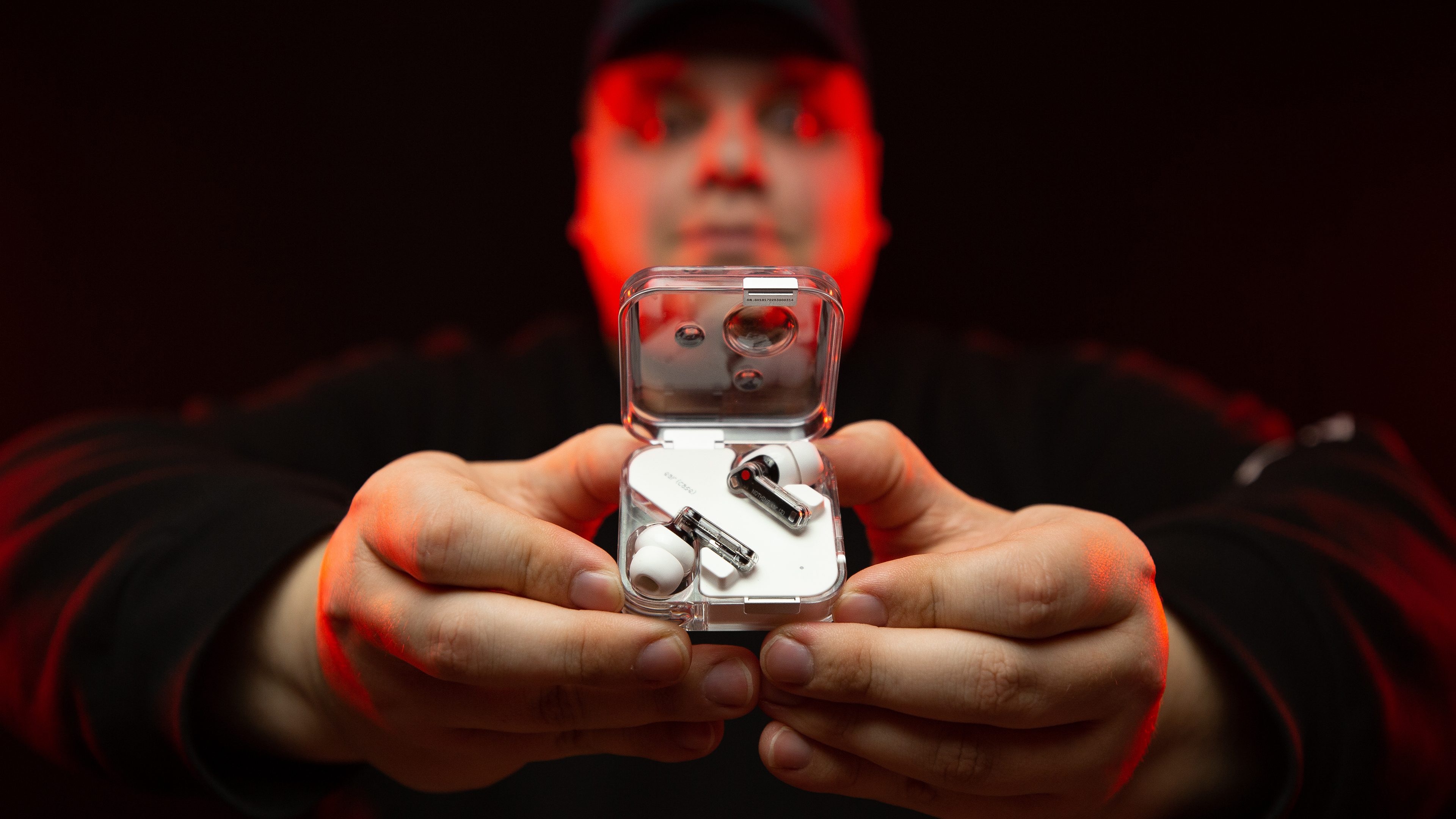
It’s best to keep track of the miles you drive between oil changes, though newer model cars make this easier with a dash indicator that tells you it’s time to head to the shop, as part of what is called an oil life monitoring system.
These systems track your mileage and also use data from your driving that’s analyzed by your car’s computer to determine when your car needs an oil change. When the light illuminates, it’s best to get the oil changed as soon as possible, but it’s not necessarily urgent.
If your car has an oil life monitoring system, note that this light is different than your oil pressure light, which illuminates on your dash if your car’s oil isn’t flowing properly due to low level, a failing oil pump, a leak in the system or some other issue. Learn the difference between the two dash lights, because if the oil pressure light comes on, you need to stop driving as soon as possible to avoid engine damage.
Get in the habit of checking your oil at least once a month to ensure your car’s not leaking or burning oil. If the level is low, add oil. Good oil should be a clear brown-black color, though the Automobile Association of America (AAA) cautions that color is not the only indicator of oil life.
If the oil is murky or opaque, it might be time for a change, and if it’s milky, your engine may be leaking coolant. If your car has one of the aforementioned oil monitoring systems, though, you might not have a dipstick to check the oil.
The moral of the story? If you don’t know how often to change your oil, or how to check it between oil changes, consult your owner’s manual. These habits will help ensure the longevity of your engine.
It’s a crazy world out there. Stay up to date (or go down really fun rabbit holes) with our newsletter!
Originally Published: Aug 17, 2018






